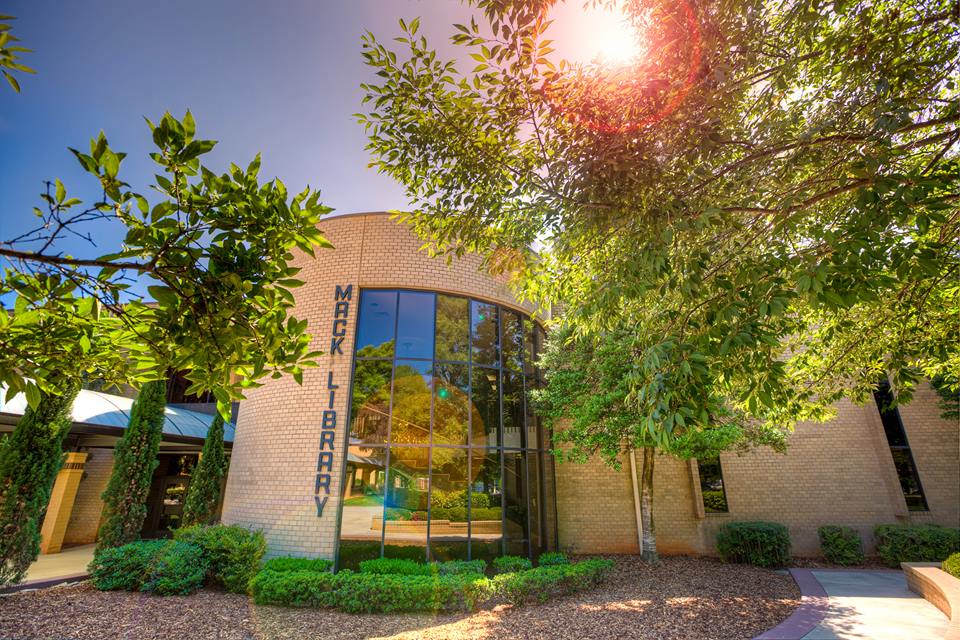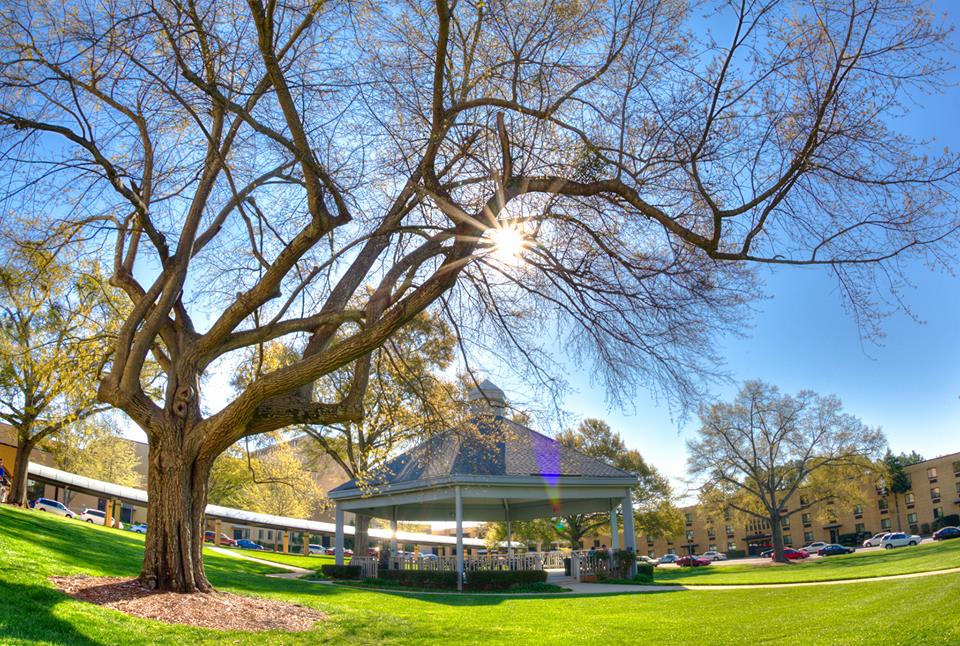A little over a year ago, I wrote a post for this blog entitled “Social Media: The Age of New Recruiting” (if you have a couple minutes, give it a quick read).
In that article, I talked about the importance of storytelling in recruiting both players and fans for your program. Whether it’s through photos, videos or written content, fans LOVE to know more about what’s going on with your team!
Any time I write an article, give a presentation, or talk one-on-one with people about storytelling through social, I always get positive responses. People are excited about the possibilities for their own programs because they themselves love consuming content from their favorite sports teams. However, when it comes to implementing those ideas, those same people are seemingly paralyzed with fear.
The perfect photo, the highest quality video, the best written blog post – the chance that what they produce might not be exactly “right” or as good as someone else keeps them from doing anything at all.
SO WHAT'S THE SOLUTION?
Get out your phone and just go. Don’t overthink, just try. In reality, chances are if it’s the kind of thing that interests you (a sports fan), then it will probably be interesting to those who follow your program (other sports fans).
You may be thinking still, “I don’t even know where to begin.” Here are a few suggestions of things that have worked on our team pages:
- Game photos
- Team pictures at special events
- Congratulatory milestone photos and graphics
- Videos of players competing (on the court, in the weight room)
- Video documentaries of trips
- Pictures and/or videos of community service events
- Instagram and/or Snapchat “mini” stories of 4-5 photos/videos
- Group photos
See, the goal isn’t perfection. The goal is to emotionally connect with your fan base. And the best way to do that is simply to story tell by regularly documenting your team’s journey. Don’t wait any longer. Start storytelling!
Tony Miller is an assistant men's basketball coach and head of the sports management program at Bob Jones University in Greenville, South Carolina. His blog, "Coach.Teach.Lead", contains more coaching and leadership resources.






